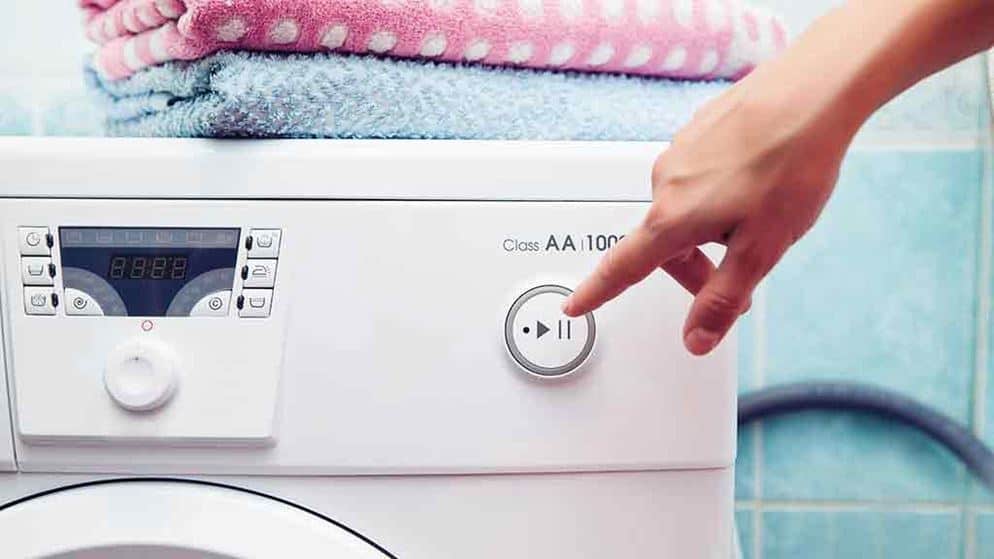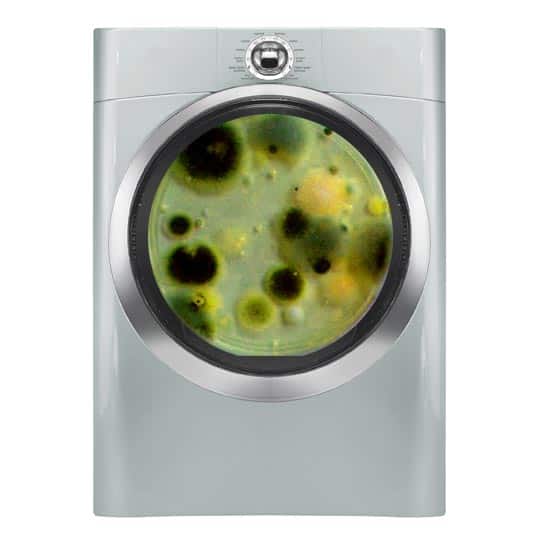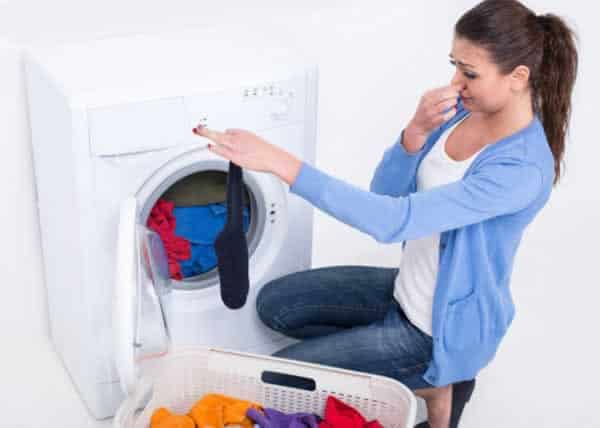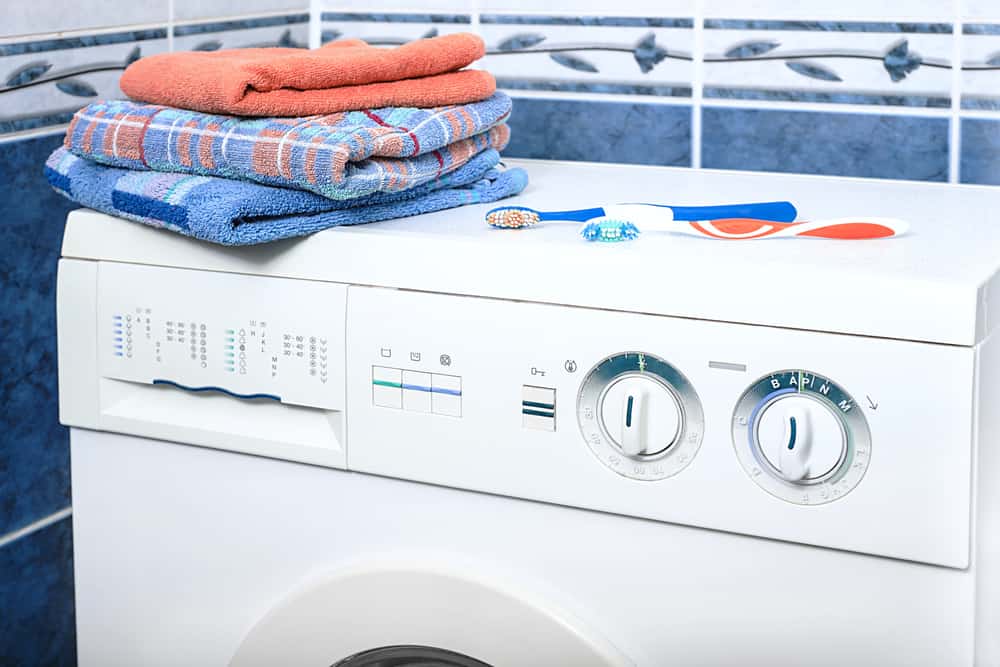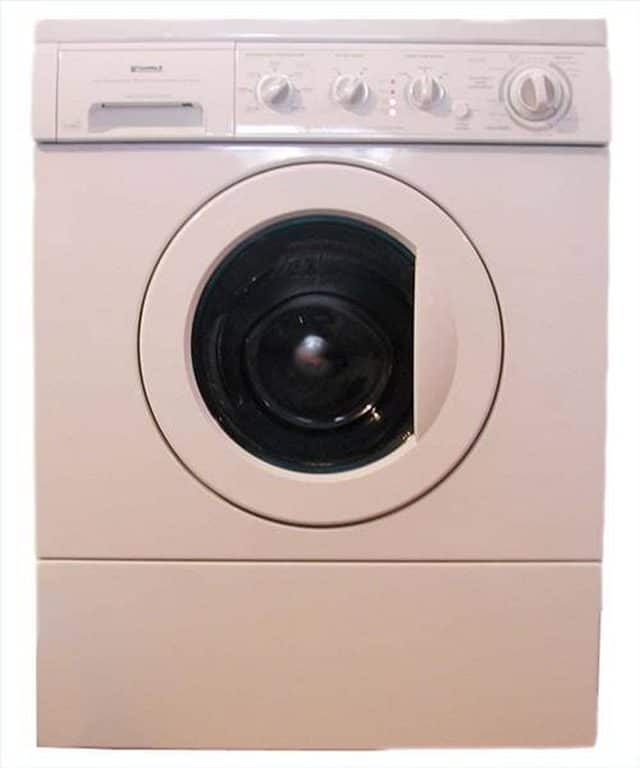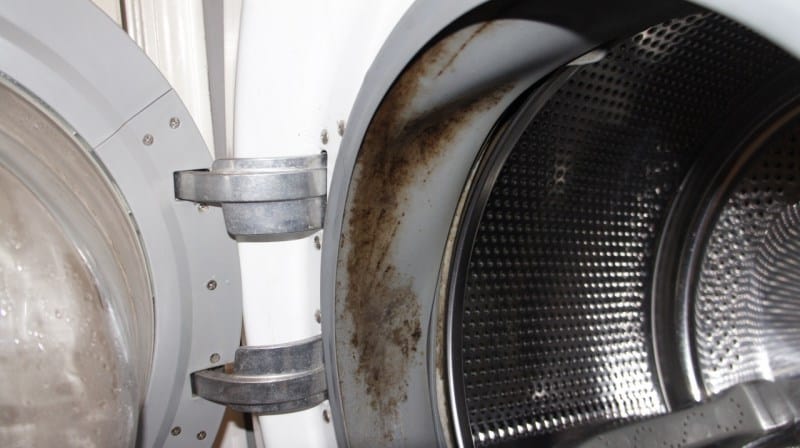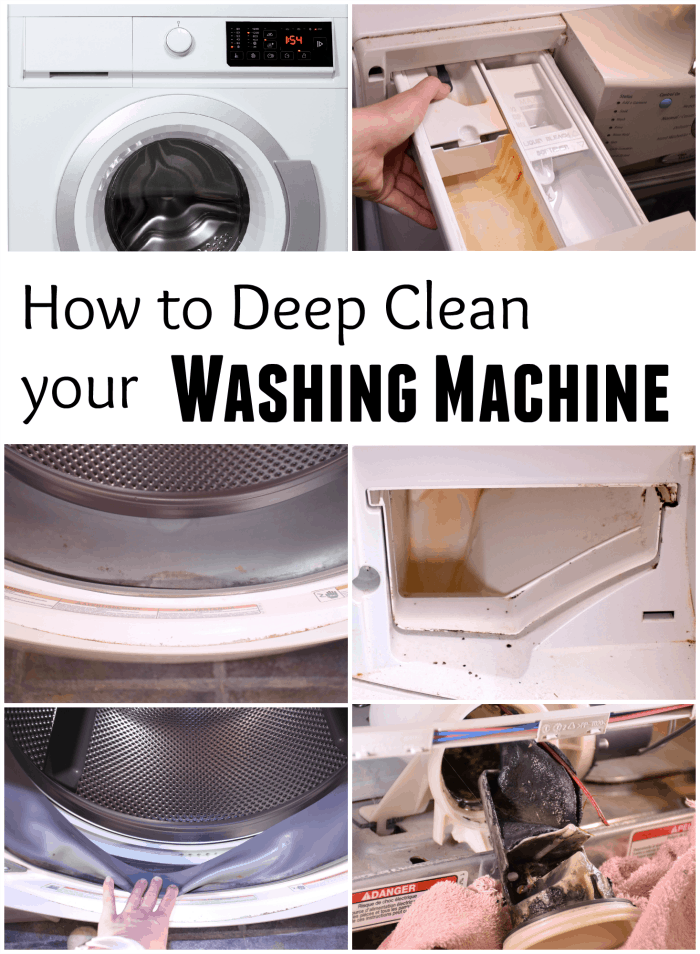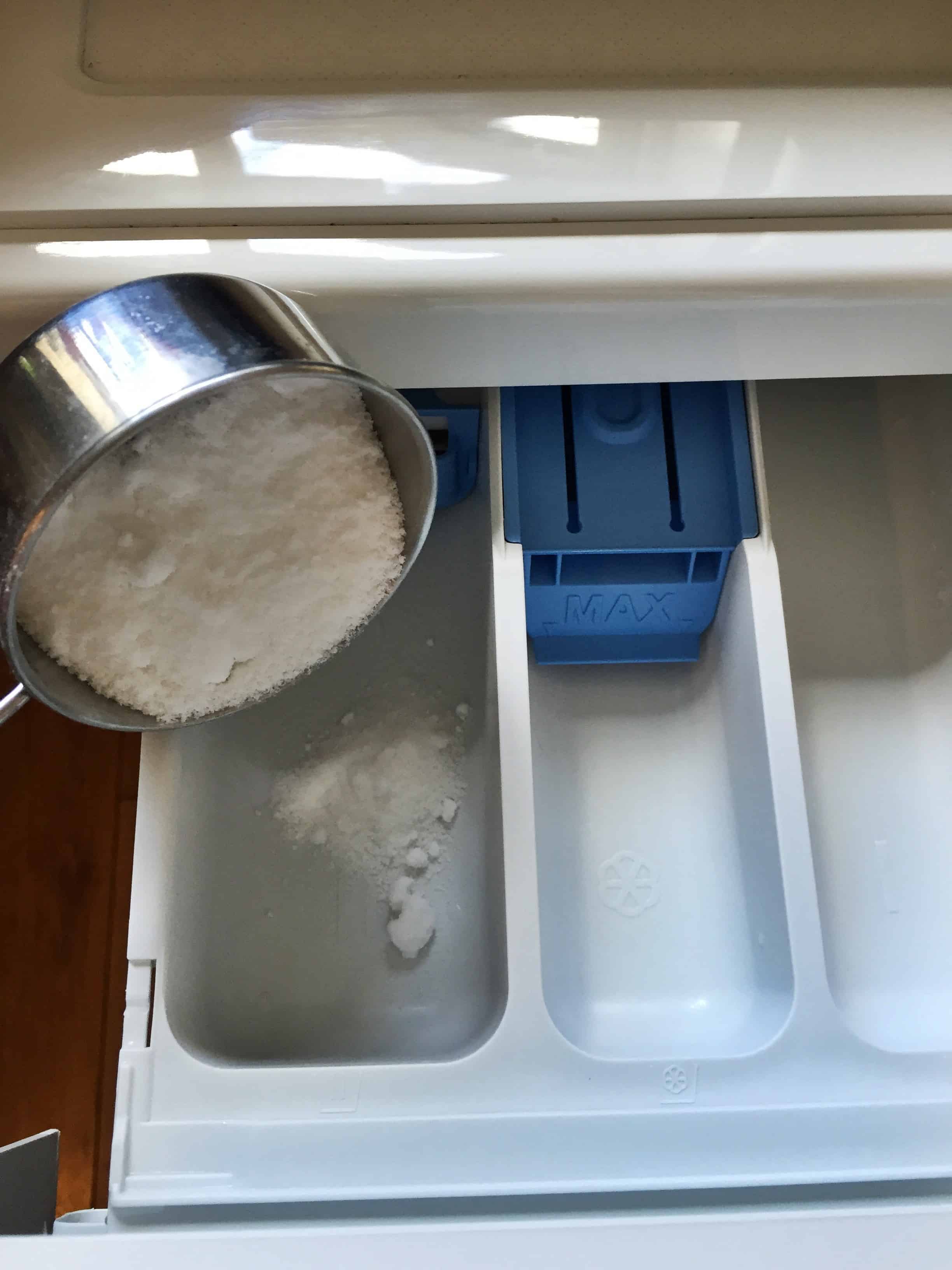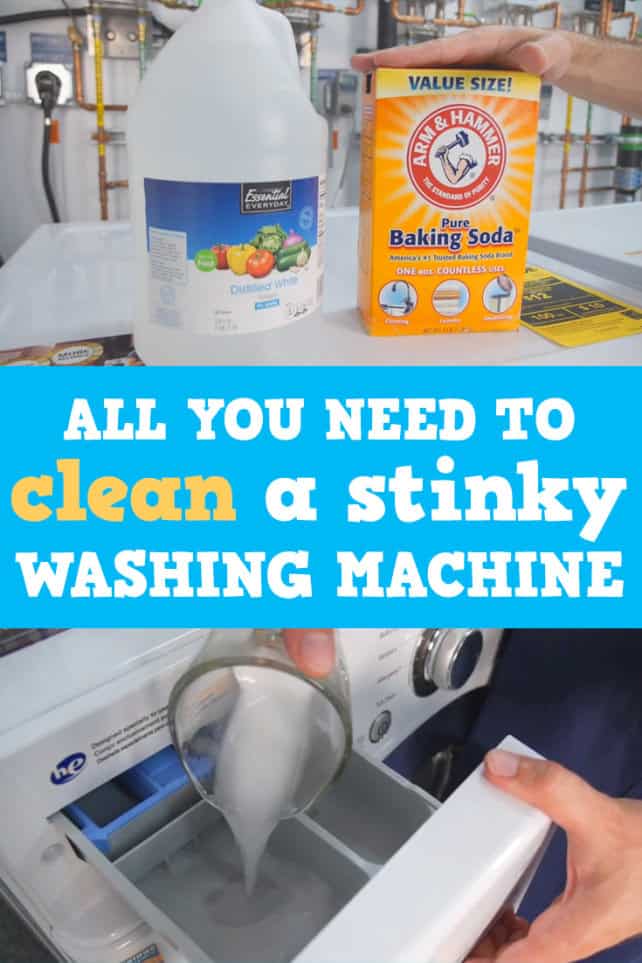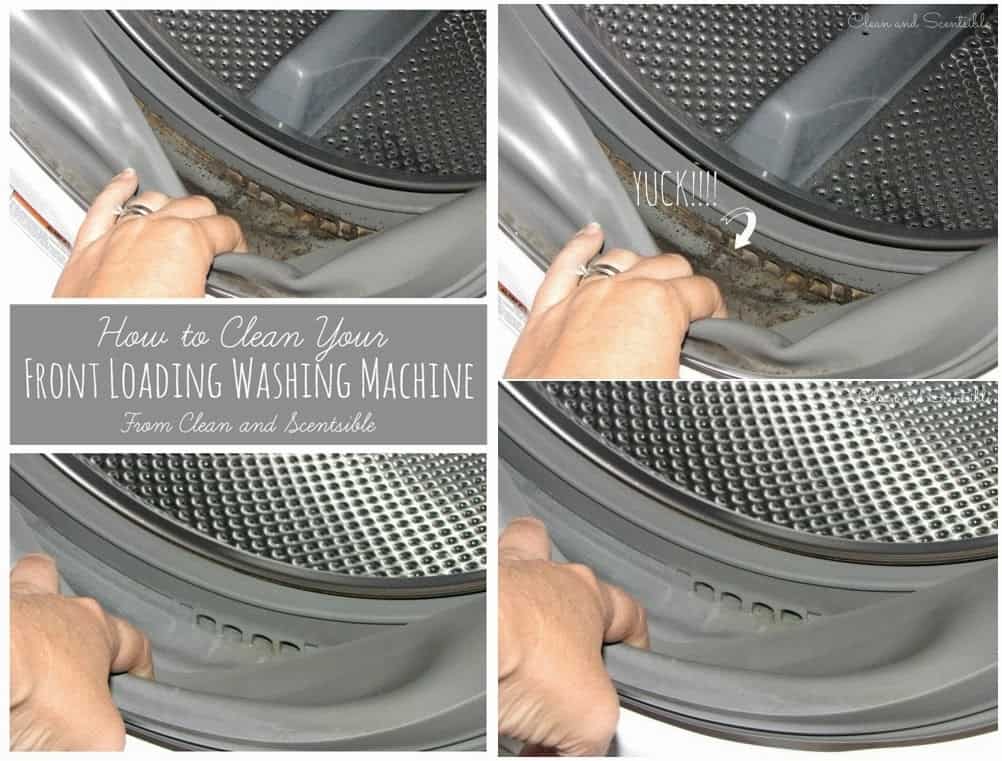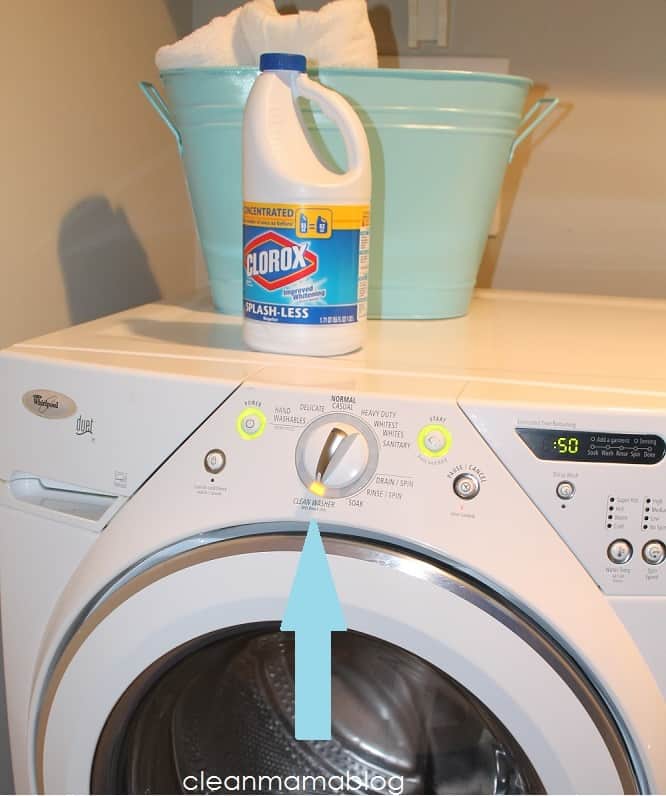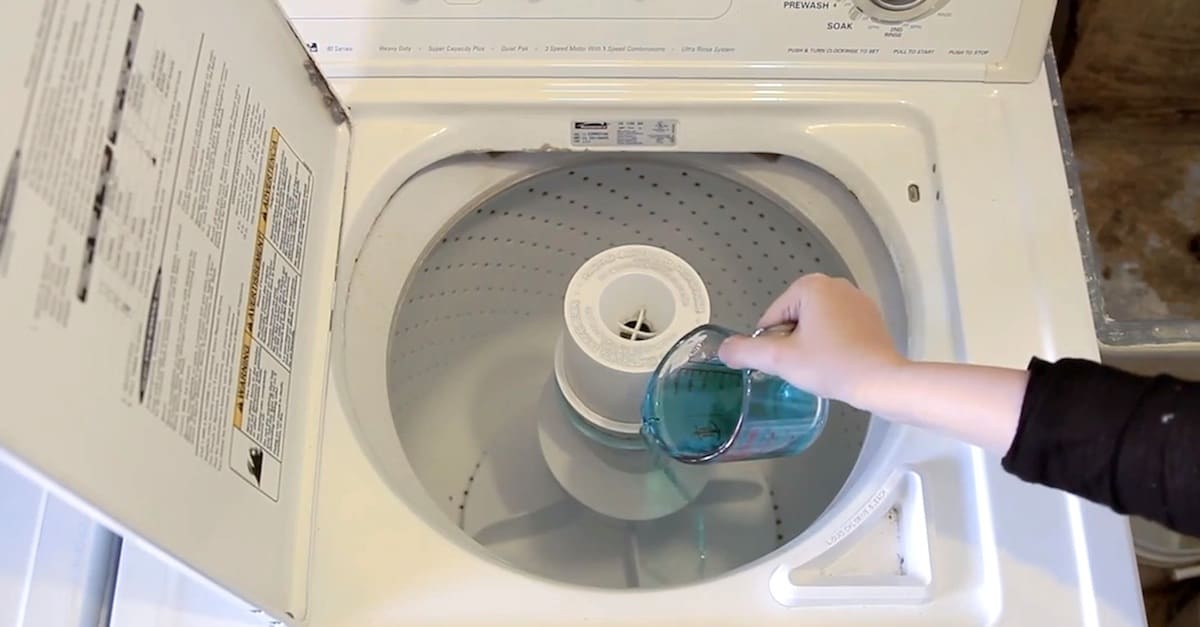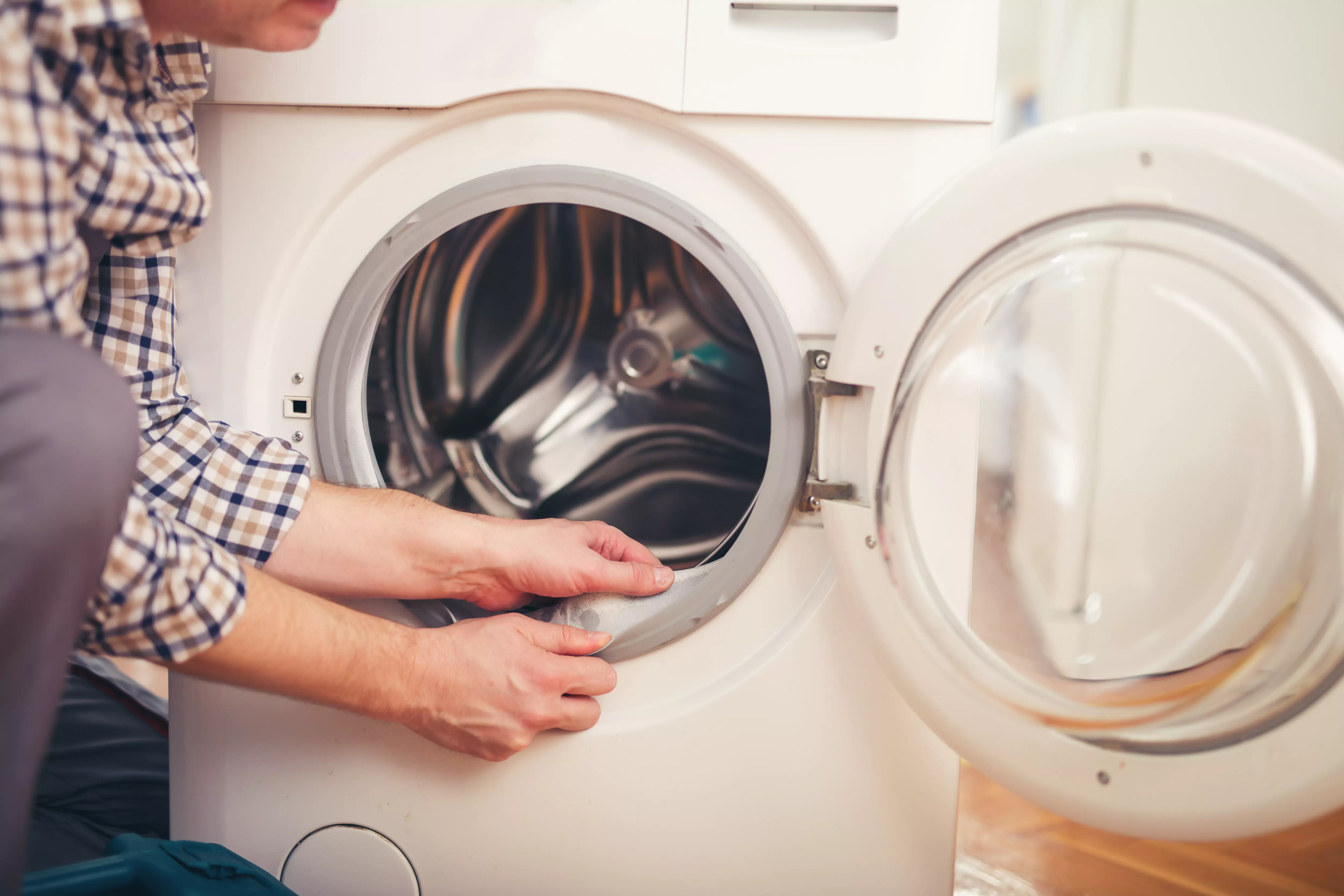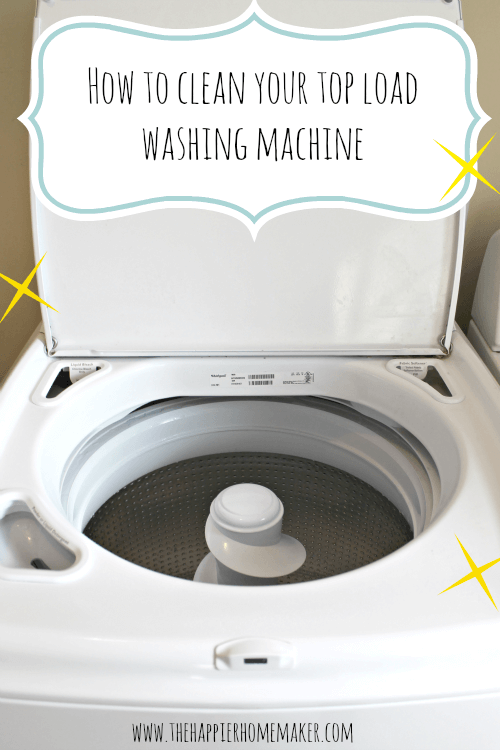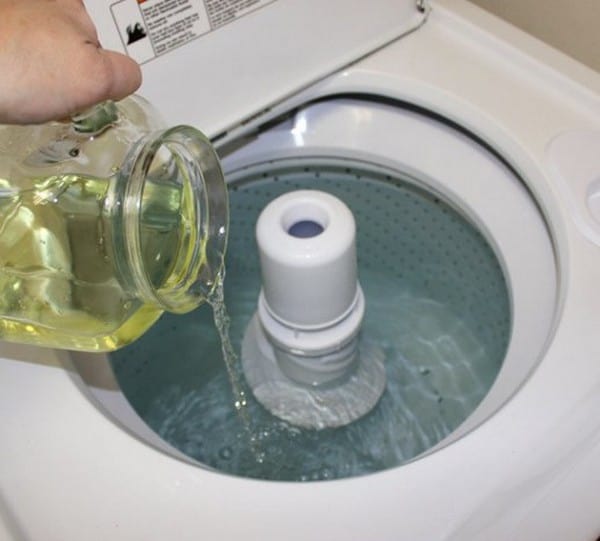15 Useful Tips for Cleaning and Sanitizing Your Washing Machine
Household chores might not necessarily seem like an opportunity for you to put your DIY skills to good use at first thought, but we were recently proven very wrong about that when we decided to look up effective ways to clean our washing machine without simply buying chemical products or store bought cleaners. Once we’d started researching the best homemade and DIY methods for sanitizing the machine and eliminating odours, we realized that the very best ways to get our appliances as clean as possible as actually DIY based! We never thought we’d be so happy to learn something new about housework.
Just in case you’re as strangely intrigued by the idea of DIY methods to clean and sanitize your washing machine, here are 15 of the best methods, recipes, and tip resources we found in our search!
1. Hot water and apple cider vinegar
Are you actually in quite a hurry to clean your appliances because you’re going away for a while and you want to leave your home as fresh and odour free as possible in all aspects before you go? We think that’s a super smart idea but we also understand that you’ll need a very simple DIY solution to make it all a quick process for you! Take a look at this tutorial from Healthy Food House that teaches you how to clean the inside of your machine simply by running a cycle of just hot water and apple cider vinegar.
2. Cleaning a washing machine with bleach and white vinegar
Perhaps you’ve just moved into a new house that already had appliances. That’s great news and will probably save you lots of money! There’s always some trepidation about cleanliness when we take a washing machine secondhand, however, so we’d suggest giving it a thorough rinse before you start washing your family’s clothing in it. This bleach and white vinegar mixture isn’t necessarily the chemical free, natural solution we were talking about before, but it’ll certainly eliminate absolutely any bacteria that was lurking inside the machine! Get the full details from The Happier Homemaker.
3. How to clean the lint filter
The washing machine isn’t the only thing that needs regular cleaning in your laundry room! We also try to make sure to clean our dryer every once in a while to keep away bacteria and odours and prevent lint build up because that’s a fire risk. It might sound like common sense to simply clear our your lint trap, but there are actually other places that lint can get caught in the dryer too. That’s why we were grateful to find this guide by Surf Excel of how to more thoroughly clean the lint filter and all the clingy rubber pieces around it.
4. How to clean your washing machine with mouth wash
Are you pretty strapped for cash right now and not really into the idea of going out and buying something for the specific purpose of cleaning your washing machine, but you noticed a suspicious, sort of mildewy smell in it this morning and you’re really like to take care of it as fast as possible? In that case, we’d suggest reaching for (believe it or not) the mouthwash in your bathroom! Little Things gives you a great explanation of not only how much to use but also how and why it cleans your machine and gives it a much more pleasant smell.
5. Simple bleach and cold water
We’ve already talked about a few situations in which you might be on a budget, in a hurry, or intent on working with whatever’s already in your house, but here’s another option that will help you in all of those context and give you a clean that’s essentially the most anti-bacterial and sterilizes you could possibly get, even if it doesn’t smell great. Find out how Clean Mama keeps their washing machine clean simply with cold water and bleach!
6. Clean a front loader with a warm cloth and a toothbrush
We’ve had both top loading and front loading washing machines before and we have to say that we much preferred loading and unloading the kind with the door on the front. The only thing that put us off a little was the fact that the angle the rubber lining around the door sits at lets water pool there even if you leave the door open to dry the machine out after a cycle, which can cause mould and mildew. That’s why we were so happy to find this guide from Clean and Scentsible that gives you tips for thoroughly cleaning that rubber lining out using a warm, wet cloth and a toothbrush for precision. You don’t have to do this every time you use the machine, of course, but once a month or so will definitely help!
7. Baking soda and vinegar for smell
Is your biggest concern with your washing machine actually a smell that’s been bothering you lately, rather than the idea of germs or mildew? Well, since smell is definitely an indicator of germs and mildew, we can’t say we blame you! We’ve moved into new buildings and smelled unpleasant odours in the washing machine before and tried a couple of cleaning ideas but just been met with a slightly lessened but still persistent smell. We decided we needed to use something that specifically combats smells, which is how we came upon this baking soda and white vinegar solution! Thanks goes to Reviewed for this idea.
8. Cleaning with soda crystals and dish washing soap
If you’re going to make a homemade appliance cleaner, would you prefer to use one that’s multipurpose, rather than having to make separate things for each separate machine? In that case, we have a feeling this soda crystal and dishwashing soap combination will be right up your alley! This DIY cleaner from Daisies and Pie works in both your washing machine and your dishwasher, making it easy to run cleaning cycles on everything at once. It won’t work in your dryer but, as the old adage goes, two out of three ain’t bad.
9. White vinegar and essential oils deep clean
Perhaps you’re not convinced that things like vinegar are quite antibacterial enough, or maybe you just really can’t stand the smell of vinegar or bleach so you’re looking for something a little more natural and pleasant to work with? Then we think perhaps you’d prefer to work with A Proverbs 31 Wife‘s suggestion of adding antibacterial essential oils to your vinegar. Besides having germ fighting properties, the oils will add a much nicer smell, even in partnership with vinegar.
10. Anti-mildew treatment with a toothbrush
Did we really catch your attention when we started talking about anti-mildew treatments because you’ve found a small problem in your machine and you want to take care of it without question and without letting it come back? Then we absolutely think you should take a look at how Good Housekeeping went town with a toothbrush and a DIY cleaning solution to fix the problem once and for all.
11. Double cycle to deal with residue
Have you already chosen a DIY cleaning solution to go with but you’re still kind of combing the Internet for helpful tips and tricks because you really want to make sure that machine is clean and ready before you put your family’s clothes into it again? Well, Hunker has tons of awesome tips for you, but the one we find the most useful is their suggestion to run a double cycle to get rid of any residue (of cleaner or mildew) before your regular laundry routine begins again.
12. A thorough clean of the detergent drawer
In order to keep the whole machine fully as clean as possible, you’ll need to remember to clean all the different parts, not just the main drum or the lining around the door. We thought we’d taken care of the whole machine until we came across this tutorial from Ace Clean UK that reminds you about the detergent drawer. If you’re putting the soap in a place that isn’t clean itself, it might transfer whatever bacteria are there into the rest of your machine and the cycle of clothing too, so getting right into that door with a toothbrush is important and effective!
13. Vinegar and dish cleaning tablets cycle
Were you intrigued by the dishwashing soap idea because you thought that would make an easy solution since you already regularly have some… but then you realized you bought dishwashing tablets this week rather than the regular liquid soap you usually reach for? Well, believe it or not, those tablets will totally work too! Handyman Tips guides you through the process of running a cycle featuring a combination of vinegar and the cleaning tablets in question.
14. Heavier hot water and bleach deep clean
Are you still kind of concerned that your cleaning cycle didn’t really do the job as well as you’d have liked it to but you’re still determined to sanitize it as much as it possibly can be? Well, Nap Time Goddess is here to remind you of the importance of simple hot water. The combination of very hot water and bleach is essentially the most anti-bacterial thing you could put your washing machine through to give it the deepest clean possible.
15. Sponge down of the main drum
No matter how many combinations of DIY cleaner you put through your washing machine, sometimes it’s just necessary to give it a good scrub down inside the main chamber. The drum of your washing machine might be made of metal, but that doesn’t mean it’s completely invincible. There are certainly things you shouldn’t use to scrub the drum of your washing machine, like steel wool, which is why we were grateful to find this awesome tips and tricks resource from Choice.com that shows you how to properly wipe the drum down using a sponge.
Do you know another DIY enthusiast who has been complaining about spots on their clothes or a smell from their washing machine? Share this post with them to give them some helpful do-it-yourself tips!
